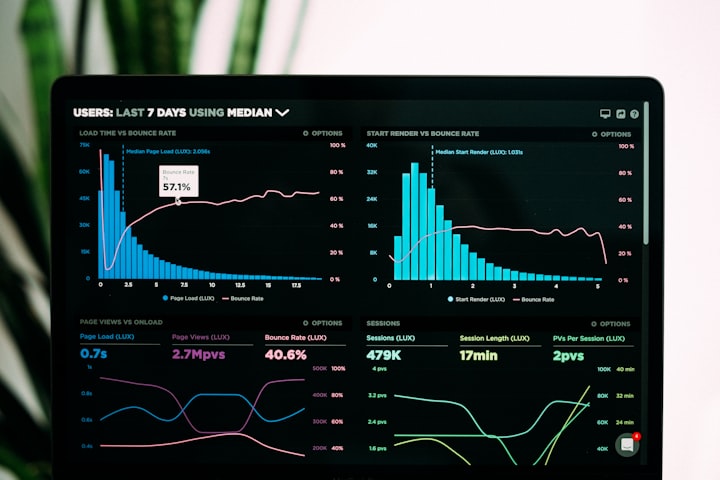Exploratory Data Analysis
Unveiling insight hidden in data

Title: Exploratory Data Analysis (EDA): Unveiling Insights Hidden in Data
In the realm of data analytics, Exploratory Data Analysis (EDA) plays a pivotal role in uncovering patterns, trends, and relationships within datasets. Data scientists and analysts leverage various statistical and visualization techniques to gain a deeper understanding of data characteristics and identify valuable insights that drive informed decision-making. This article delves into the world of Exploratory Data Analysis, exploring its significance, techniques, and practical applications. By discussing key concepts and tools, we highlight the benefits of conducting EDA and provide practical examples to illustrate its effectiveness. Join us on a journey to unveil the hidden insights within the vast sea of data.
1. The Significance of Exploratory Data Analysis
EDA is a crucial phase in the data analysis process, serving multiple purposes including data validation, outlier detection, pattern discovery, and hypothesis generation. Analysts meticulously explore the data to identify potential issues, understand variable distributions, detect anomalies, and uncover relationships. EDA facilitates domain knowledge acquisition, hypothesis formation, and guides subsequent analysis.
2. Descriptive Statistics and Visualization Techniques
Descriptive statistics play a vital role in EDA, offering summaries and measures that reveal central tendencies, variability, and distributions within the data. Mean, median, mode, variance, and standard deviation provide valuable insights into data characteristics. Visualization techniques such as histograms, box plots, scatter plots, and heatmaps enable analysts to visually explore data structures, relationships, and potential outliers.
3. Correlation and Covariance Analysis
Correlation and covariance analysis are fundamental techniques in EDA for examining variable relationships. Correlation measures the strength and direction of linear relationships between variables, while covariance quantifies the extent to which variables change together. These measures help analysts identify dependencies, associations, and potential predictors or factors impacting the target variable.
4. Data Cleaning and Handling Missing Values
Data cleaning is critical in EDA, as real-world datasets often contain missing values, inconsistencies, or errors. Analysts must effectively handle these issues to ensure the reliability and accuracy of subsequent analysis. Techniques such as imputation, deletion, regression imputation, or multiple imputations can be employed to handle missing values appropriately.
5. Outlier Detection and Treatment
Outliers, extreme values that significantly impact data analysis and interpretation, receive attention in EDA. Techniques to detect outliers help analysts decide whether to remove, transform, or treat them separately. Box plots, z-scores, and Mahalanobis distance are commonly used to identify and handle outliers effectively.
6. Feature Engineering and Variable Transformation
EDA uncovers opportunities for feature engineering, which involves creating new variables or transforming existing ones to enhance model predictive power. Techniques such as binning, scaling, log transformations, and interaction terms refine datasets and improve relationships between variables, leading to more accurate modeling results.
7. Case Study: EDA in Customer Segmentation
A case study on customer segmentation demonstrates the practical application of EDA. By conducting EDA on customer data, including demographics, purchase history, and browsing behavior, analysts can identify distinct segments based on preferences, behavior, and needs. EDA techniques like clustering, Principal Component Analysis (PCA), and visualizations aid in segment identification, enabling targeted marketing strategies and personalized customer experiences.
Conclusion
Exploratory Data Analysis serves as a compass guiding analysts through the vast landscape of data. By employing statistical techniques, visualizations, and exploratory tools, analysts uncover patterns, relationships, and insights crucial for data-driven decision-making. EDA validates data quality, generates hypotheses, facilitates feature engineering, and identifies outliers. Through real-world examples and practical applications, this article provides a comprehensive overview of EDA's significance and techniques. Incorporating EDA into analytical workflows empowers data scientists and analysts to unlock hidden gems within data, leading to successful predictive modeling, targeted marketing strategies, and impactful business decisions. Embrace the power of EDA and embark on a data exploration journey where every dataset holds a world of possibilities.





Comments
There are no comments for this story
Be the first to respond and start the conversation.